In today's digital age, music production has become more accessible than ever before, with affordable recording equipment, software, and online resources available to everyone. Music production is a process that involves multiple stages, from creating music to the final product.
Understanding the different stages, techniques, and software helps beginners create and produce music. Music production helps you turn your thoughts and feelings into reality. In today's time, with proper knowledge, guidance, technique, and software, anyone can create music in different genres.
Understanding the technique and software will also help you to develop unique sounds and styles of music. We will also discuss the importance of collaboration which is important for creating unique and original sounds and music. In this guide, we will help you understand music production techniques and help you to start your music carrier.
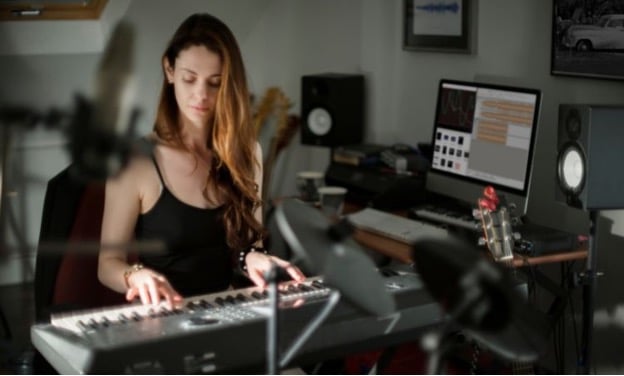
Choosing the Right DAW
Choosing the right DAW is important for any music producer. The Digital Audio Workstation (DAW) is the software you can use to record, edit, and mix your music. When selecting a DAW, you should consider factors such as your budget, the features you need, and the operating system you use on your computer. Choosing the right DAW is important for mixing and mastering sound. Some of the popular DAW are Ableton Live, FL Studio, Logic Pro, and Pro Tools.
Recording Techniques
Recording is the process of capturing sound using your microphones and other pieces of equipment. It is important to have a quiet room where you can record your music but don’t make your room too dry, as it can affect the sound of your music.
A good quality microphone and a well-padded room can help you produce quality music and sounds. Treat your room with proper soundproof techniques so you can record your songs clearly; you can also use cloud panels in the room to spread the sound waves in your room.
If you don’t have much space, you can use your closet as a recording studio. Small space and your clothes in the closet help you create an ideal recording environment. If you don’t have the option or budget to soundproof your room, your closet can be a life-saver.
Editing Techniques
Editing the sound and music is a process for cleaning up and making the sound or music clearer and polished. Editing is as important a skill as playing an instrument if you are a one-man show.
Do not over-edit the sound; it will make it sound unnatural. Try to record the sound properly, to begin with, in a quiet environment, without much background disturbance, and do the polishing part later. Editing sounds is a very important part of producing music and making a crisp listening experience.
You will find many resources online if you need a proper walkthrough for the software you are using. Take your time to experiment with different techniques.
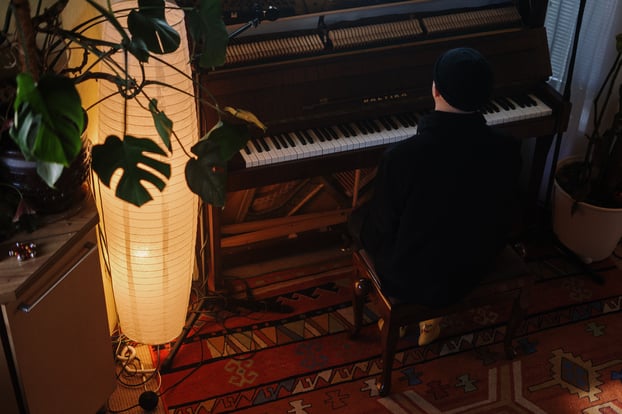
Mixing Techniques
Mixing combines the different sounds and music you have created to balance and produce the final product. Mixing involves adjusting levels, adding sounds, compression, and other effects to create a clear sound. Mastering the mixing techniques will help you to create a piece of good quality music that creates great sound across different playback systems.
Closed Eyes, Open Ear
Close your eyes, open your ears, take a deep breath, and start listening to your music. Listening can help you improve your music production skills and analyze the reference tracks. Listen to the audio carefully and repetitively. This can help you feel the sound you have created and help you edit and make it more natural.
Use MIDI Controllers
Musical Instrument Digital Interface (MIDI) allows you to control software instruments in your DAW. MIDI does not transmit the recorded sound. It sends the information about the music notes to the receiving device, which plays music from its own music library.
MIDI is very useful for beginners because it is easy to use and produces complex chords and other musical elements on their tracks. Popular MIDI controllers include keyboards, drum pads, and DJ controllers.
Automation
Automation automatically adjusts parameters in your DAW over time, including changes in volume, panning, and effects. For example, you can use automation to increase the volume of a synth or add a filter sweep to create tension and build-up. It can also help you to create more natural music by adjusting the parameters during real-time recording.
Collaboration
Collaborating with other musicians and producers can be a better way to learn new techniques and get feedback and suggestions on your music. It can also help you think and expand on new ideas and create better music. Look for collaboration with another musician with the help of an online platform (the easiest option in today’s world) and learn new things.
Collaboration also helps you experiment with genres. You can learn from someone as passionate as you. It also helps in establishing your presence in the industry and gaining experience with working with fellow enthusiasts and professionals. If you want to start your own band, this band generator can be a good start.
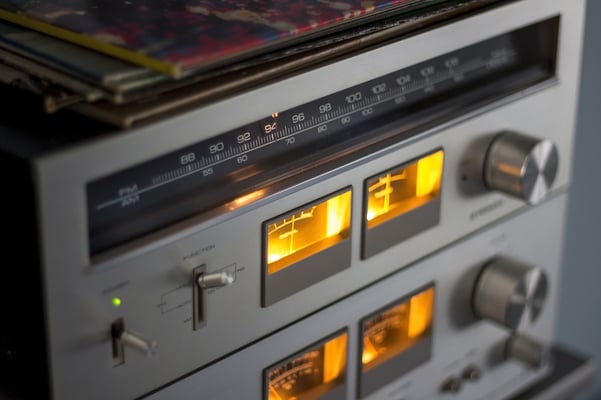
Be Experimental
It is important to experiment with new audio mixing and create new sounds. Try to use new instruments and techniques to create a unique sound. Don't be afraid to try and create new instrumentals that are out of your comfort zone.
Always try to create different sounds and music with a natural and real feel, making the listener feel things. This can help and motivate you to be more creative in your musical career.
Summary
In summary, music production can be a complex and challenging but rewarding process for beginners, requiring dedication, practice, and experimentation. You can create high-quality music that reflects your thoughts and vision by understanding the different techniques and tools.
Remember to choose the right DAW, listen to the recording repeatedly, learn editing and mixing, master techniques, and experiment with different sounds. Always stay creative and true to yourself and your art.
Frequently Asked Questions
How can I use a MIDI controller in music production?
You can use a MIDI controller to play virtual instruments, control parameters like volume effects, and record MIDI data. To use a MIDI controller, you need to connect it to your computer or laptop, or synthesizer using a USB or MIDI cable and configure it in your DAW (Digital Audio Workstation) software.
What are some common editing techniques used for music production?
The common editing techniques used in music production are quantization, pitch correction, fade-ins/fade-outs, time stretching, and sample manipulation.
Quantization helps adjust the timing of MIDI or audio to a grid.
Pitch correction helps to correct tuning issues in recorded instruments.
Fade-ins/fade-outs help us to increase or decrease the volume from the start to the end as per the requirement.
Time stretching helps to alter the tempo or timing of the recorded audio.
Sample manipulation means cutting and chopping the sample audio.
What resources are available for beginners learning more about music production techniques?
For beginners, many resources are available online, like social media groups and accounts, which are helpful for learning and asking for feedback on your sounds. You can also apply for online courses to learn production techniques or use magazines and books to learn new techniques. DAWs also come with built-in tutorials and documentation to help you get started in the industry.













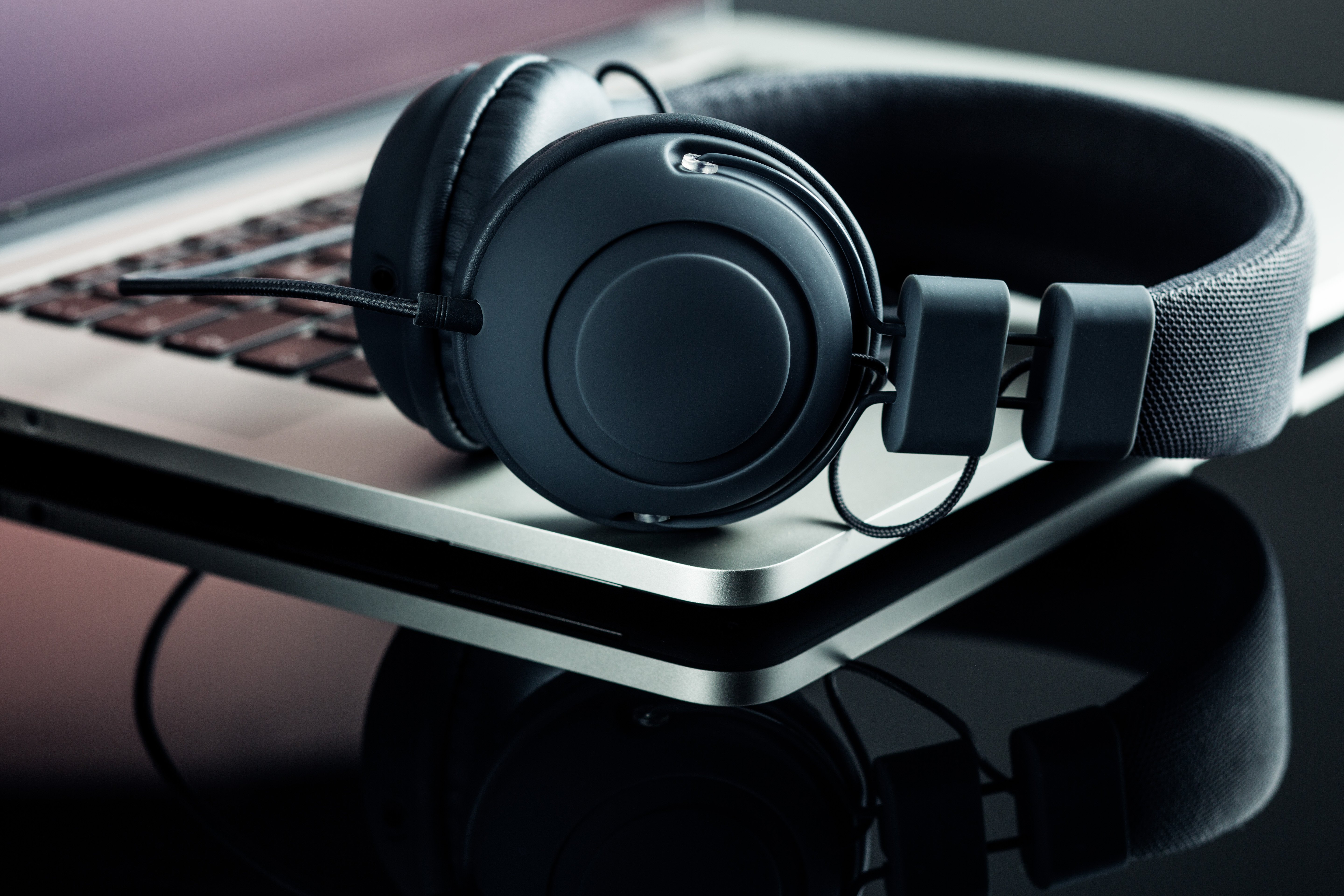
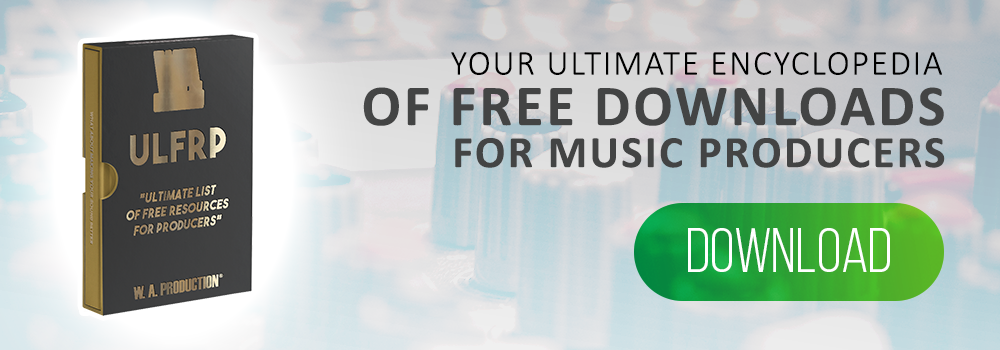
_Cropped.png?width=1600&name=02%20(2)_Cropped.png)




















Your Comments :